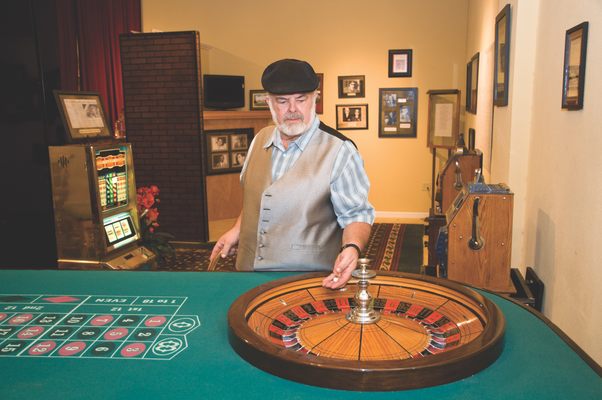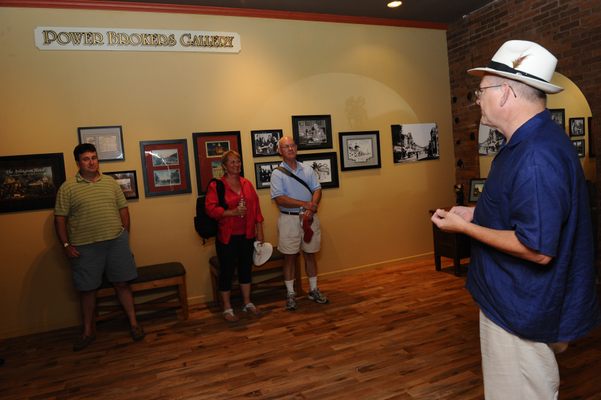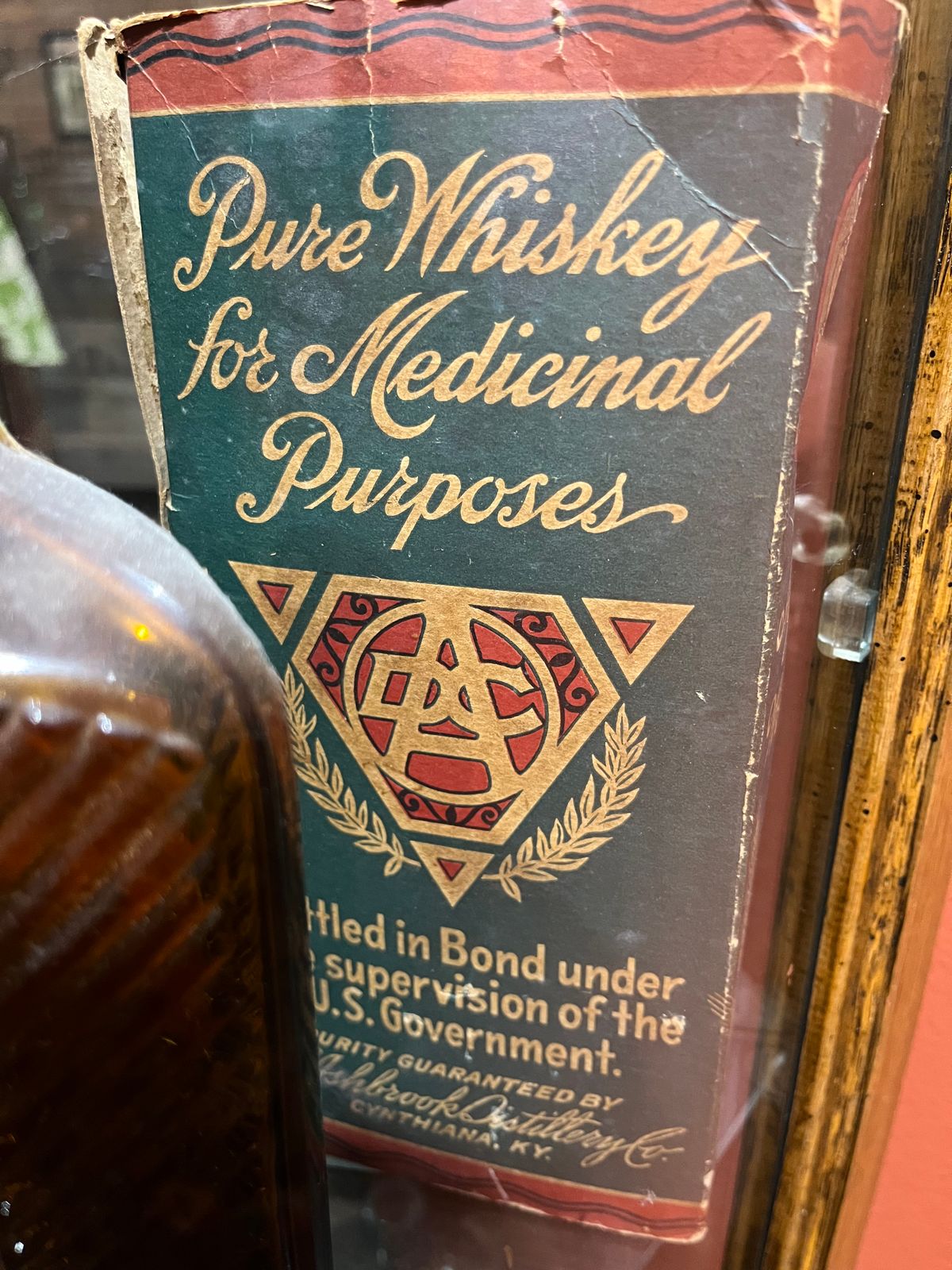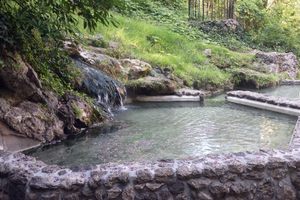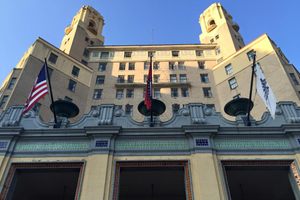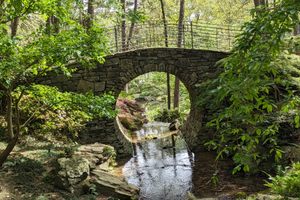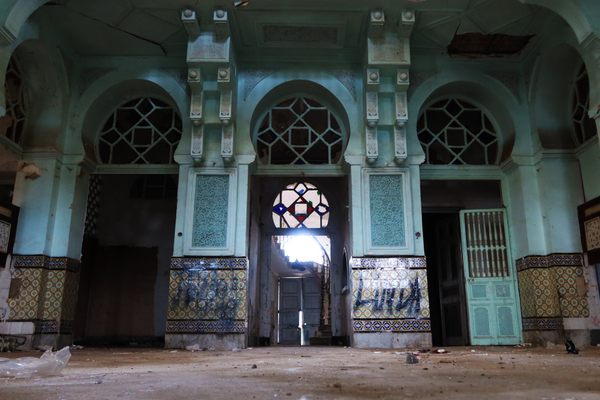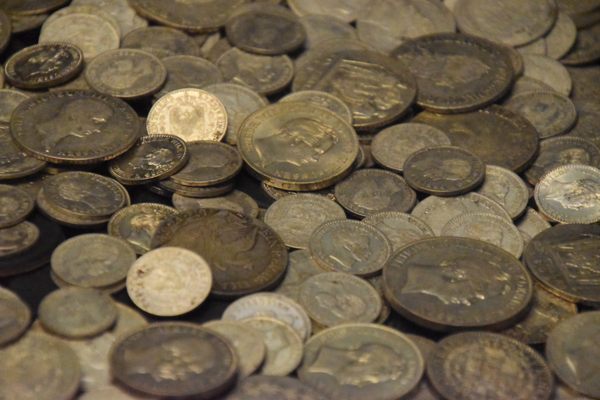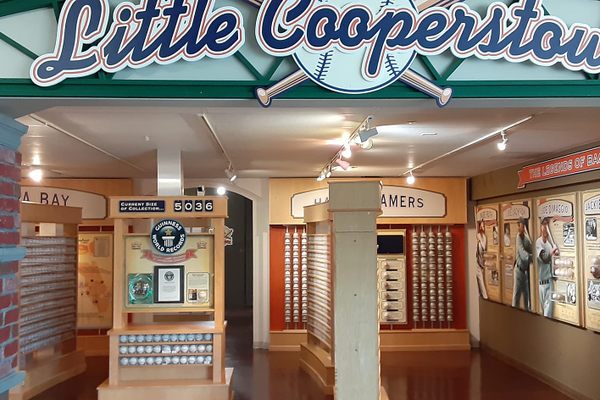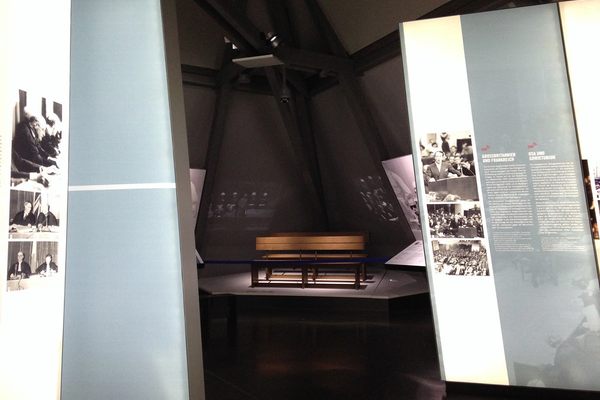About
When you think of famous gambling spots, Hot Springs, Arkansas, probably doesn’t come to mind. But this town, known today for the thermal waters that give it its name, has a notorious past.
Name a vice—you could probably indulge it in post-Civil War Hot Springs. The town was awash in illegal activity: bootlegging, prostitution, gambling. It was that last one that set the town apart. Illegal gambling sat side-by-side with the hot springs as a reason to visit. And where there’s crime, there’s gangsters. During Prohibition, the city had a bustling criminal underworld. The history of the mob bosses and bootleggers who used to run this town is on full display at the Gangster Museum of America, a 10,000-square-foot museum started by Arkansas native and gangster history buff Robert Raines.
Divided into seven galleries—Madden, Power Brokers, Capone, New York Connection, Outlaw, Casino, and Baseball—this downtown museum offers a glimpse into the city’s powerful underworld. The Madden Gallery gets its name from Owen Madden, Owney to his friends. He came to the city from New York, where he owned the famous Cotton Club. While the club was known for notable acts like Duke Ellington and Cab Calloway, it was also the perfect spot for Madden to sell his bootlegged beer. But after being involved in a murder, Madden needed to make a quick exit and headed off to Hot Springs Al Capone and Lucky Luciano were often spotted at Madden’s Southern Club, which was located at 250 Central Avenue.
The museum’s Power Broker Gallery explores the city’s political machine, which was kept in working order by Mayor Leo Patrick McLaughlin, who (with the help of a few city “fees”) let the gangsters run their casinos unfettered by law enforcement. Other galleries in the museum explore the city’s connection to famous mobsters like Al Capone and Frank Costello and the history of Alvin Karpis, head of the infamous Barker-Karpis Gang and in addition to his long list of crimes, was also known for having his fingerprints surgically removed.
The Baseball Gallery explores a more legal part of Hot Springs history. Each spring, the city would be filled with baseball players as several teams trained here. Babe Ruth first came to Hot Springs when he was a rookie playing for the Boston Red Sox. He was enamored with all the luxuries the city had to offer. When he wasn’t indulging in nighttime activities, Ruth was making baseball history. During one exhibition game, Ruth hit a ball so hard, so far, that it shot out of the ballpark and into the Arkansas Alligator Farm across the street. According to the Society for American Baseball Research, “It was surely the longest home run ever hit, and may even have been the first to land over 500 feet on the fly.”
At the museum’s Casino Gallery, you can try your luck at the antique casino—but your winnings come in the form of bragging rights only.
When asked what drew him to these notorious figures so much that he wanted to open a museum, Raines told the Arkansas Democrat-Gazette, “I thought I could talk about the gangsters in the context of the city of Hot Springs. At their time, they were rock stars.”
Related Tags
Know Before You Go
Admission is $16 for adults, $15 for those 60+, $6 for kids 8-12 years old, and free for kids under 8. They are open seven days, excluding holidays, but the hours change depending on the time of year. Be sure to check before visiting.
Published
March 5, 2024
Sources
- https://www.arkansasonline.com/news/2013/may/19/gangster-museum-opens-doors-hot-springs-man/
- https://sabr.org/journal/article/babe-ruth-in-hot-springs-the-home-runs-that-changed-everything/#calibre_link-2383
- https://www.hotsprings.org/explore/history/
- https://crystalridgedistillery.com/the-history-of-gangsters-in-hot-springs-arkansas/
- https://en.wikipedia.org/wiki/Owney_Madden#The_Cotton_Club
- https://en.wikipedia.org/wiki/Alvin_Karpis


